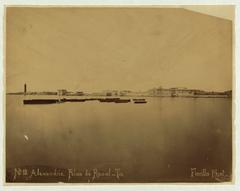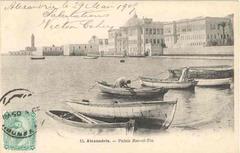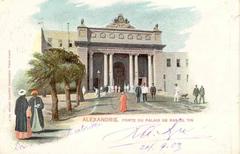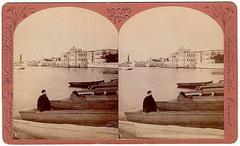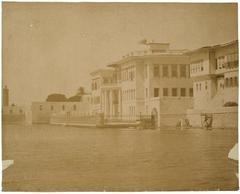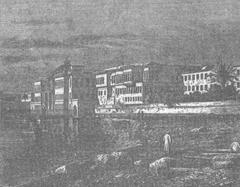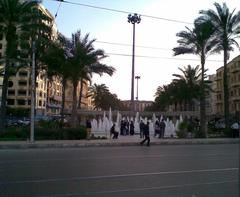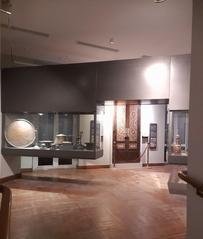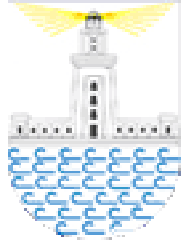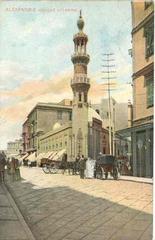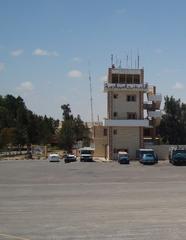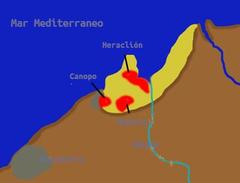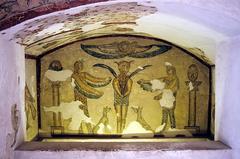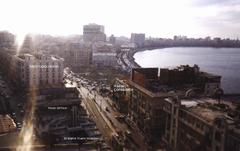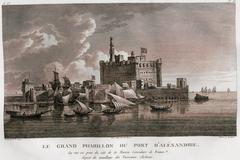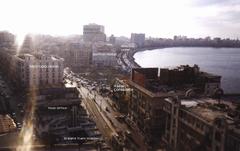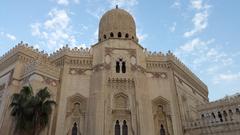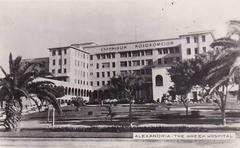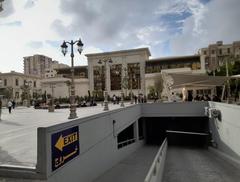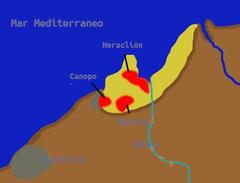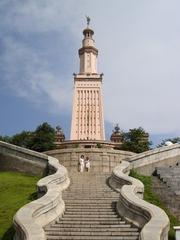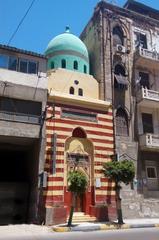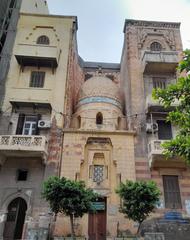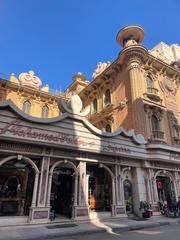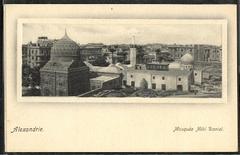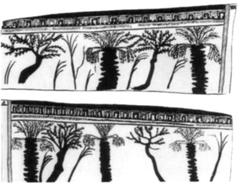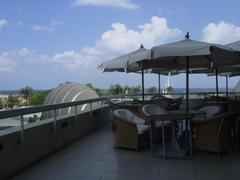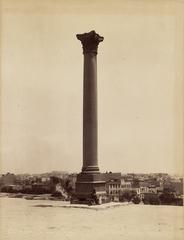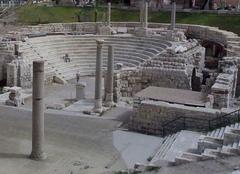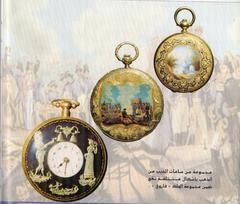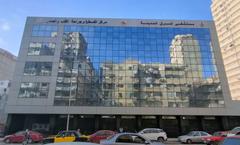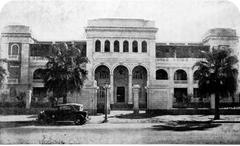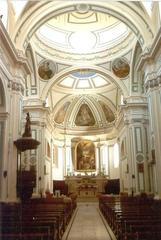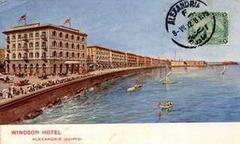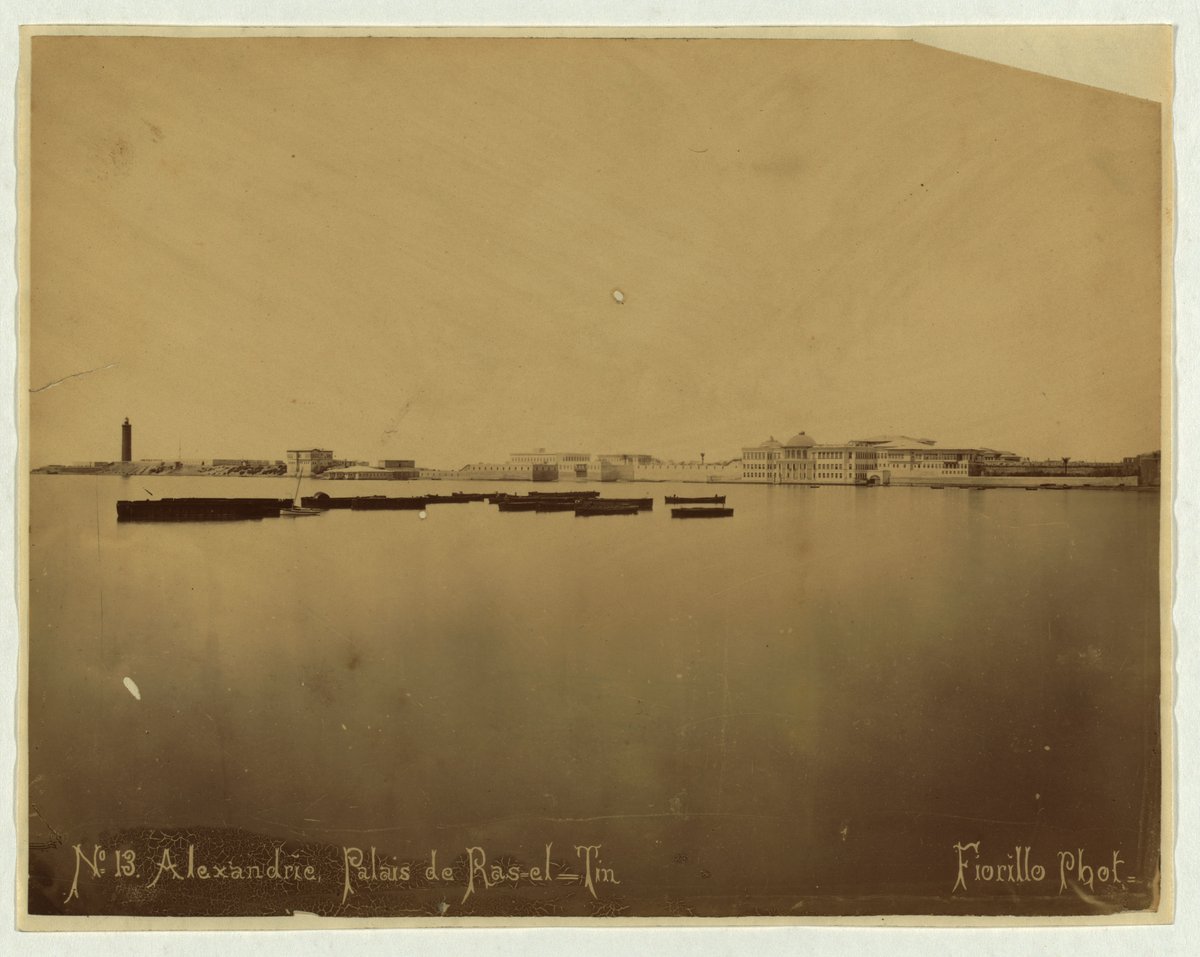
Ras El-Tin Palace, Alexandria, Egypt: Visiting Hours, Tickets, and Historical Information
Date: 14/06/2025
Introduction to Ras El-Tin Palace and Its Historical Significance
Ras El-Tin Palace, perched on Alexandria’s Mediterranean coastline, is one of Egypt’s most significant royal landmarks. Commissioned by Muhammad Ali Pasha in the early 19th century, the palace reflects the ambitions of Egypt’s modernizing dynasty and the fusion of Ottoman, Moorish, and European neoclassical styles. Named after the fig trees (“Cape of Figs”) that once flourished in its gardens, Ras El-Tin has been the backdrop for pivotal moments in Egyptian history, including the abdication of King Farouk I in 1952, which marked the end of the monarchy and the beginning of the republic. While the palace’s interiors are generally closed to the public due to its role as a presidential residence within a naval base, its majestic façade and extensive gardens can be appreciated during special openings or from nearby vantage points. This guide provides in-depth historical context, practical visitor information, architectural highlights, and travel tips to help enrich your exploration of Ras El-Tin Palace and its place within Alexandria’s cultural tapestry (Cairo Top Tours; Egyptian Streets; Walk Like An Egyptian; Safarway).
Table of Contents
- Introduction
- Origins and Construction
- Dynastic Transformations
- Architectural Significance
- Political and Historical Milestones
- Visitor Information: Hours, Tickets, and Tips
- Visuals and Media
- FAQs
- Preservation and Restoration
- Architectural Comparisons
- Legacy in Egyptian Heritage
- Summary and Final Thoughts
- References
Origins and Construction
Ras El-Tin Palace is among Egypt’s oldest royal residences, with its roots intertwined with the Muhammad Ali dynasty’s ascent. Construction began in 1834, entrusted to French engineer Sir Yeezy Beck, and concluded in 1847. The design was originally fortress-like to reflect both the era’s authority and defensive needs. Surviving elements from this period include robust granite columns and a monumental gate inscribed with Muhammad Ali’s name, representing the palace’s foundational era (Cairo Top Tours).
Dynastic Transformations
Khedive Ismail’s Era
Under Khedive Ismail (1863–1879), Ras El-Tin Palace became the royal summer residence. Ismail’s modernization efforts extended to the palace grounds, including the addition of a private railway station, facilitating direct royal travel between Alexandria and Cairo (Cairo Top Tours).
The 1909 Fire and King Fouad’s Restoration
In 1909, a significant fire damaged the palace. King Fouad I commissioned Italian architect Ferucci and Egyptian engineer Hassan Pasha Al-Adawi for the restoration, completed in the early 20th century at a cost of 400,000 Egyptian pounds. The redesign incorporated European neoclassical and Egyptian motifs, making the palace’s post-restoration appearance reminiscent of Cairo’s Abdeen Palace (Cairo Top Tours).
Architectural Significance
Ras El-Tin Palace is notable for its blend of architectural styles, reflecting the changing tastes of Egypt’s rulers. The palace evolved from a fortress to an elegant residence, with neoclassical facades, ornate interiors, and lush gardens. Its interior showcases European and Ottoman decorative arts, such as intricate woodwork, gilded ceilings, and marble floors (A study of the aesthetic values and interior design elements of Ras El-Tin Palace in Alexandria).
Grand halls, reception rooms, and state apartments were furnished with European imports, while the gardens were designed for both aesthetic enjoyment and royal leisure.
Political and Historical Milestones
The End of the Monarchy
Ras El-Tin Palace was the site of King Farouk I’s abdication in July 1952, following the Free Officers’ Revolution—an event that ended Egypt’s monarchy. King Farouk’s departure by royal yacht from the palace symbolized this historic transition (Cairo Top Tours).
The Palace in Modern Egypt
Following the monarchy’s abolition, Ras El-Tin Palace became a presidential residence and a venue for state events. Its continued governmental use underscores its national importance. While interior access remains restricted, the palace’s exterior and gardens are occasionally open during special events (Cairo Top Tours).
Visitor Information: Hours, Tickets, and Tips
Visiting Hours
The palace itself remains closed to regular public access due to its use as a presidential residence and naval base. However, the formal gardens are typically open daily from 9:00 AM to 5:00 PM, with possible variations for official events or security (Safarway; Wikipedia; Youregypttours).
Tickets & Admission
Entry to the gardens is generally free. Interior tours are not available, but special access may be granted during national holidays or by arrangement with authorized tour operators. Check with local tourism offices for updates.
Accessibility and Tours
- Gardens are accessible via paved walkways, though some areas may be uneven.
- Wheelchair and stroller access is possible in major garden areas.
- No food or drink facilities on-site; amenities available in the harbor or city center.
- Guided exterior tours are offered by local agencies and can be combined with visits to nearby attractions (GAT Tours).
Travel Advice
- Carry valid identification for security checks.
- Follow posted photography restrictions, especially near military zones.
- Dress modestly and respect site rules.
- Best visiting months: October to April for mild weather and optimal lighting.
- Combine your visit with nearby sites such as Fort Qaitbey, Alexandria National Museum, and Montazah Palace (HelloTravel).
Visuals and Media
Explore high-quality images and virtual tours via official tourism platforms or travel apps. Notable visuals include the palace’s distinctive façade, landscaped gardens, and panoramic sea views.
Frequently Asked Questions (FAQ)
Q: Can I tour the palace interior?
A: No, the interior is closed to the public due to official use.
Q: What are the hours for the palace gardens?
A: Typically, 9:00 AM–5:00 PM, subject to change for events or security.
Q: Is there an entry fee?
A: Garden entry is usually free.
Q: Are guided tours available?
A: Yes, for the grounds and exterior, often combined with other city highlights.
Q: How do I reach the palace?
A: The palace is accessible by taxi or public transport from Alexandria’s city center.
Preservation and Restoration
Ras El-Tin Palace is a protected heritage site, with ongoing restoration projects led by the Egyptian government. Efforts focus on preserving structural integrity, restoring decorative features, and conserving original furnishings (Flying Carpet Tours).
Notable Architectural Comparisons
Compared to other Egyptian royal residences such as Abdeen Palace and Montazah Palace, Ras El-Tin stands out for its coastal location, fortress-inspired design, and unique blend of Ottoman, Moorish, and European architectural elements (Flying Carpet Tours).
Legacy in Egyptian Heritage
Ras El-Tin Palace is a microcosm of Egypt’s journey from monarchy to republic. Its architectural evolution, historic events, and continued governmental use reflect the country’s political and cultural transformations. The palace remains a symbol of Alexandria’s royal past and Egypt’s multifaceted identity (Cairo Top Tours; A study of the aesthetic values and interior design elements of Ras El-Tin Palace in Alexandria).
Summary and Final Thoughts
Ras El-Tin Palace is a living testament to Egypt’s dynastic legacy and architectural innovation. Although interior access is restricted, the palace’s exterior and gardens offer a unique window into Alexandria’s royal history. Preservation efforts ensure that this emblem of grandeur remains central to Egypt’s heritage. Visitors are encouraged to use guided tours, reputable travel resources, and digital tools like the Audiala app to deepen their understanding and experience of this iconic site (Cairo Top Tours; Flying Carpet Tours; Walk Like An Egyptian; Safarway).
References
- Ras El-Tin Palace in Alexandria: Visiting Hours, Tickets, and Historical Insights — Cairo Top Tours
- Ras El-Tin Palace Alexandria: Visiting Hours, Tickets & Historical Guide — Egyptian Streets
- Ras El-Tin Palace: Visiting Hours, Tickets, and History of Alexandria’s Iconic Royal Palace — Walk Like An Egyptian
- Ras El-Tin Palace Visiting Hours, Tickets, and Guide to Alexandria’s Historic Landmark — Safarway
- Ras El-Tin Palace on Wikipedia
- A study of the aesthetic values and interior design elements of Ras El-Tin Palace in Alexandria — MJAF Journal
- Ras El-Tin Palace: Architectural and Historical Overview — Flying Carpet Tours
- 40 Royal Palaces or Homes to Bats: Does Egypt Need New Presidential Palaces? — Noon Post
- Ras El-Tin Palace Travel Tips and Visitor Guide — Youregypttours
- Ras El-Tin Palace Visitor Information — GAT Tours
